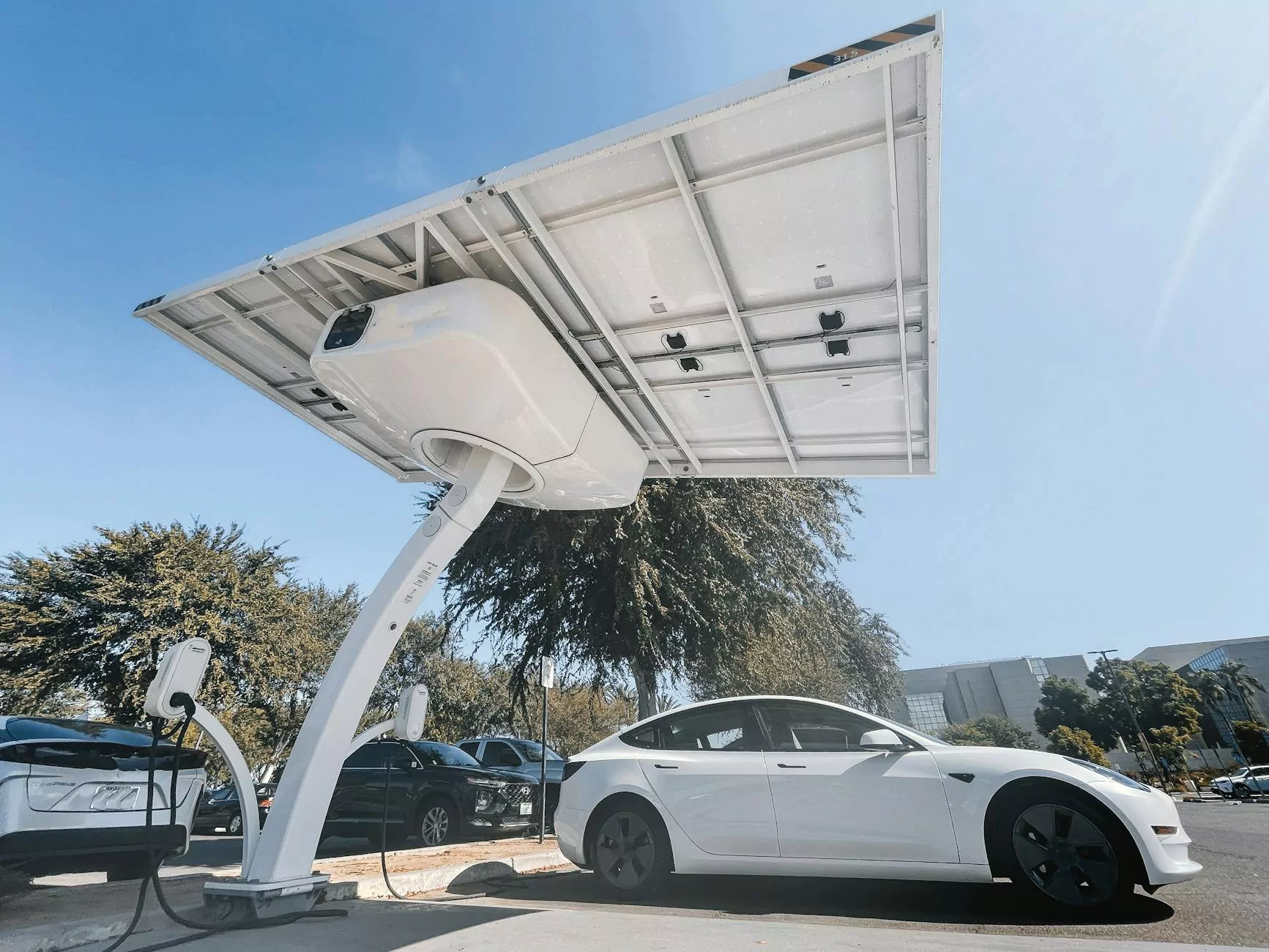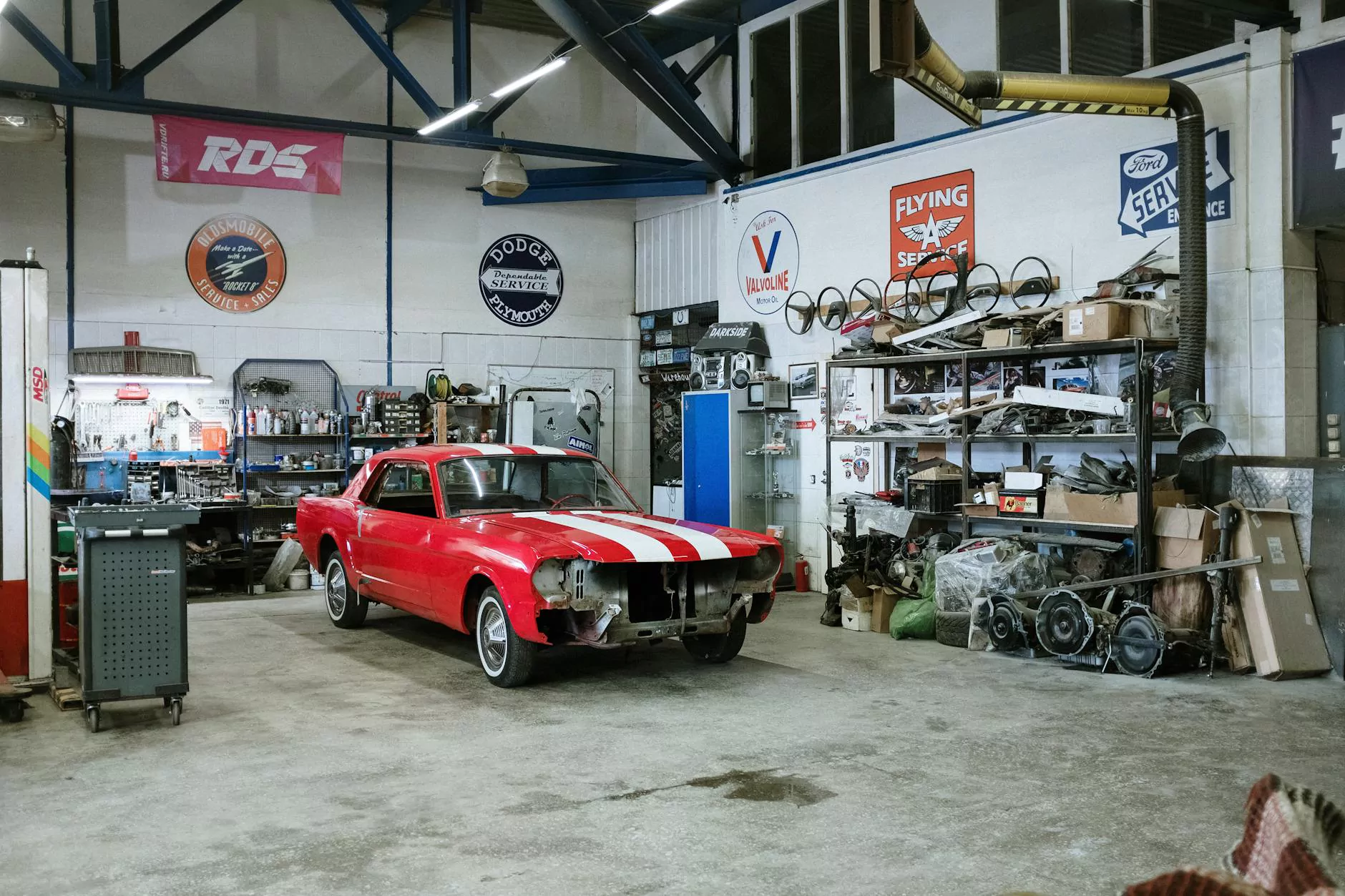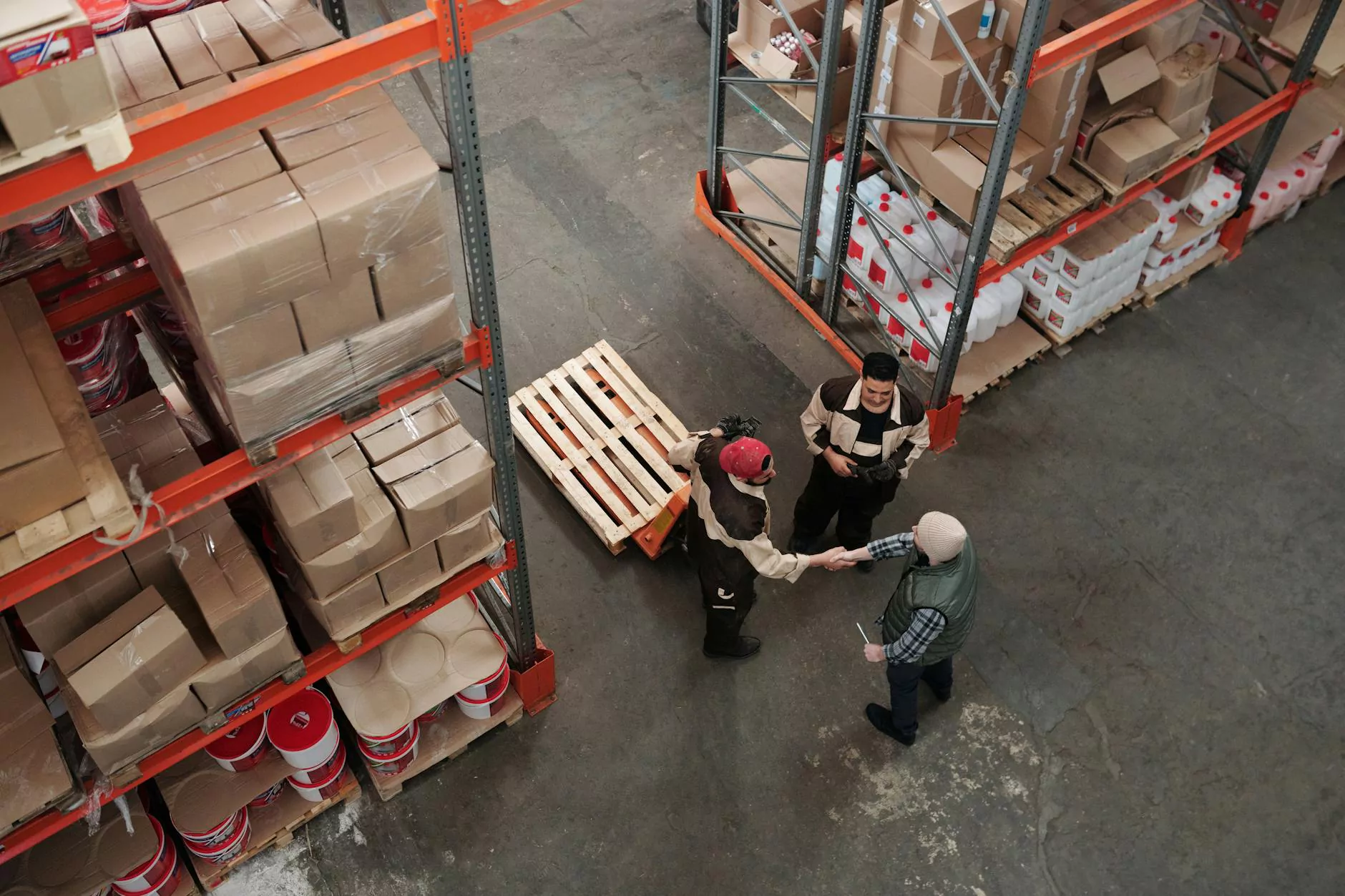What is a Transfer Switch?

When it comes to your home services, specifically in terms of electrical installations, repairs, and upgrades, having a reliable contractor or electrician is crucial for the safety and efficiency of your electrical system. At Walls Electrical, we take pride in offering top-notch services in the Home Services, Contractors, and Electricians categories. In this article, we will dive deep into the topic of transfer switches, an essential component of any electrical system.
Understanding Transfer Switches
A transfer switch, in the context of electrical systems, is a device that allows for the safe and seamless transition of power sources, particularly between the main utility power and an auxiliary or backup power source such as a generator.
During a power outage or when the utility power is unavailable, a transfer switch detects this loss of power and automatically switches the electrical load from the grid to the backup power source. This ensures that critical appliances and circuits in your home or business continue to operate, providing you with uninterrupted power until the utility power is restored.
The Importance of Transfer Switches
Having a transfer switch installed by a professional electrician is vital for several reasons:
- Enhanced Safety: Transfer switches eliminate the risk of backfeeding, which can be extremely dangerous for utility workers. Backfeeding occurs when power from a backup generator or other alternative source flows back into the utility lines, posing a severe threat to anyone working on those lines. A transfer switch ensures that power only flows in one direction, keeping everyone safe.
- Convenience: With a transfer switch, the transition between utility power and backup power is automatic. You don't have to manually switch between power sources during an outage, saving you time and effort. This convenience is especially beneficial if you are away from your property and need the power to be restored automatically.
- Protection for Electronics and Appliances: Sudden power loss or power surges can damage sensitive electronic devices and appliances. A transfer switch prevents such damage by providing a steady and controlled transfer of power, ensuring the safe operation of your valuable equipment.
- Seamless Power Restoration: Transfer switches enable a seamless transition from backup power to utility power when it is restored. Once the grid power is available again, the transfer switch automatically switches your electrical load back to the utility power source, without any interruption in power supply.
The Working Mechanism of Transfer Switches
A transfer switch consists of various components that work together to facilitate the smooth transition of power sources. The main elements of a transfer switch are:
- Transfer Control Unit: This unit is responsible for monitoring the status of the utility power and auxiliary power sources. It detects any power loss from the utility and initiates the transfer of power to the backup source.
- Power Line Connections: The transfer switch is connected to both the utility power lines and the backup power source. The utility power lines provide the primary power source, while the backup power source (e.g., generator) is connected to the transfer switch to allow for the seamless switch between the two.
- Circuit Breakers: Transfer switches are equipped with circuit breakers that protect your electrical system from overloads and short circuits. These breakers ensure the safe and efficient distribution of power to various circuits in your home or business.
- Detection Mechanism: Transfer switches have a mechanism that constantly monitors the status of the utility power. If a power outage occurs or the voltage drops below a certain threshold, the detection mechanism triggers the transfer switch to activate the backup power source.
Choosing the Right Transfer Switch
When it comes to selecting a transfer switch for your specific needs, it's crucial to consult an experienced electrician to ensure you choose the right type, size, and capacity. Factors to consider include:
- Power Requirements: Determine the power needs of your essential appliances and circuits that require backup power. This will guide you in selecting a transfer switch with the appropriate capacity.
- Type of Transfer Switch: Transfer switches come in different types, including manual, automatic, and load center switches. Each type serves specific purposes, so consult with a professional to identify the best fit for your requirements.
- Installation Location: The placement and installation of the transfer switch are crucial for accessibility, convenience, and compliance with safety regulations. An electrician can assess your property to determine the optimal location for installation.
- Budget: Discuss your budget with the electrician, who will help you find a cost-effective solution without compromising on quality and safety.
Contact Walls Electrical for Professional Transfer Switch Services
If you are looking for reliable and professional electrical services in the Home Services, Contractors, and Electricians categories, Walls Electrical is your go-to choice. Our team of experienced electricians specializes in various electrical installations, repairs, and upgrades, including the installation and maintenance of transfer switches.
Investing in a transfer switch can provide you with peace of mind, knowing that your home or business is prepared for unexpected power outages. Contact Walls Electrical today to schedule a consultation and ensure your electrical system is equipped with the proper transfer switch.
what is a transfer switch








